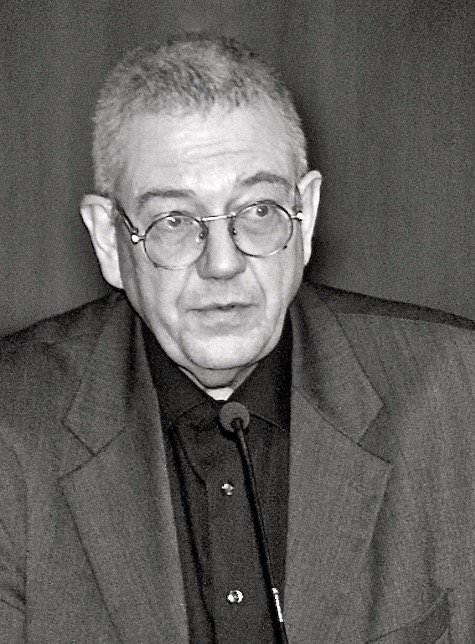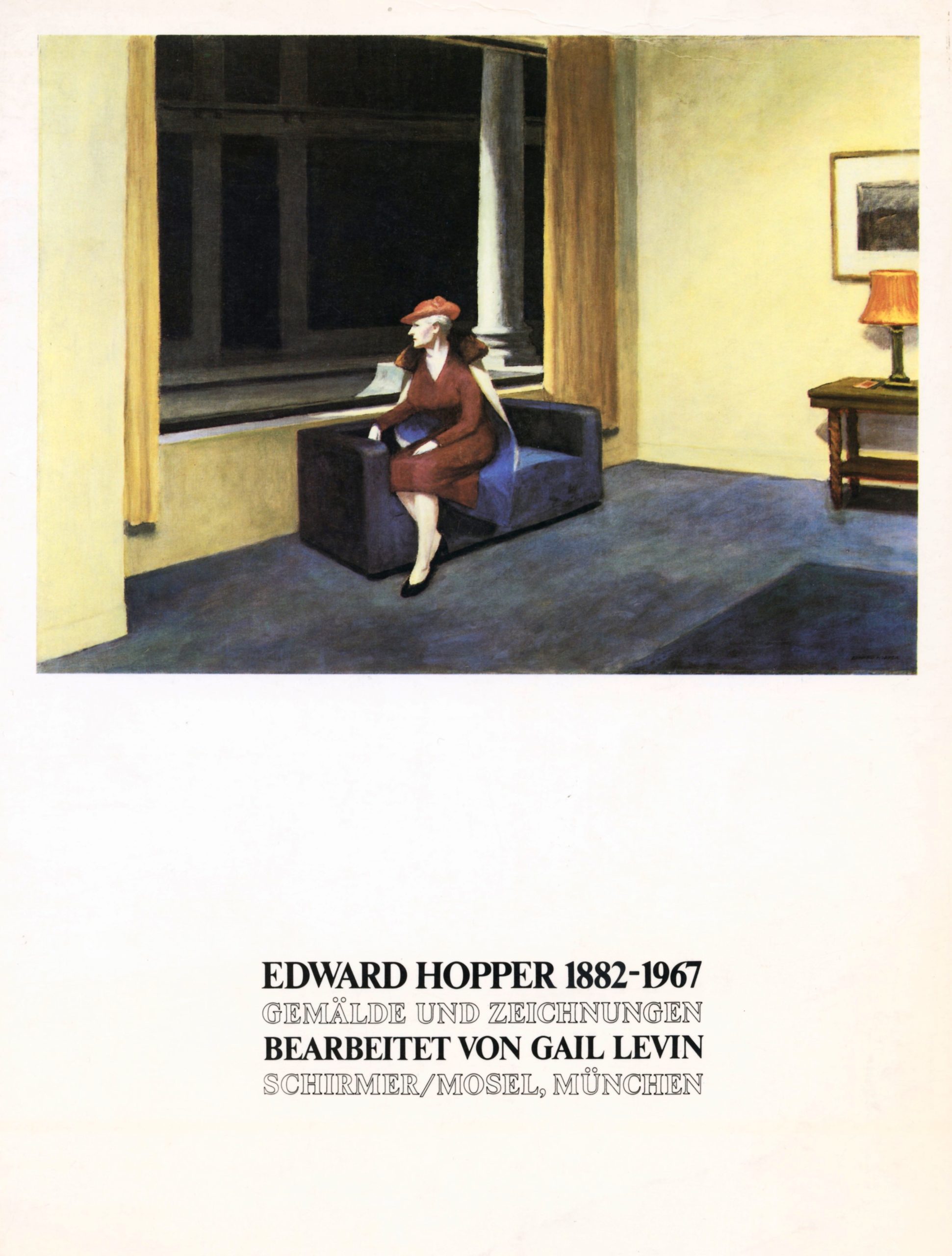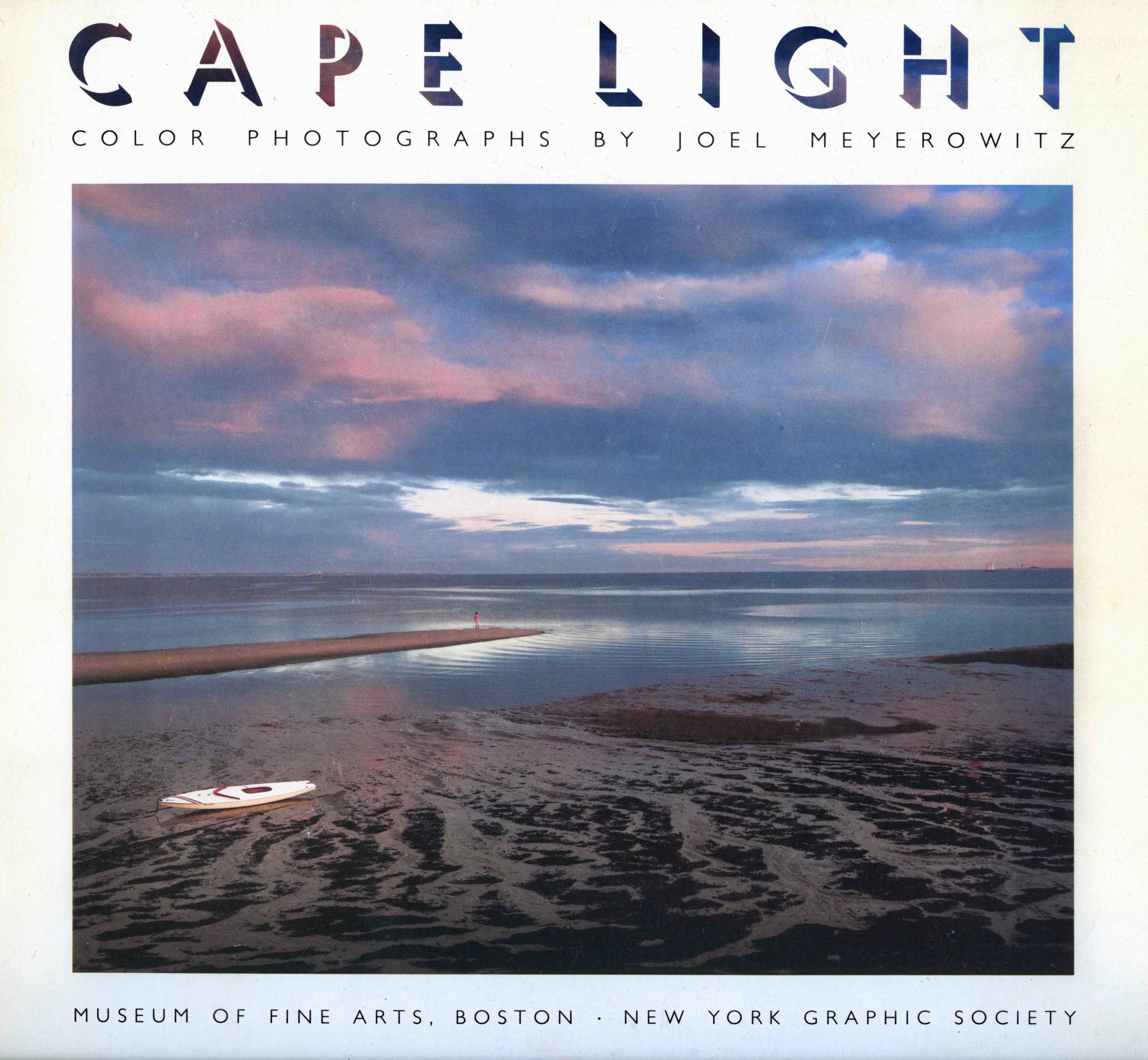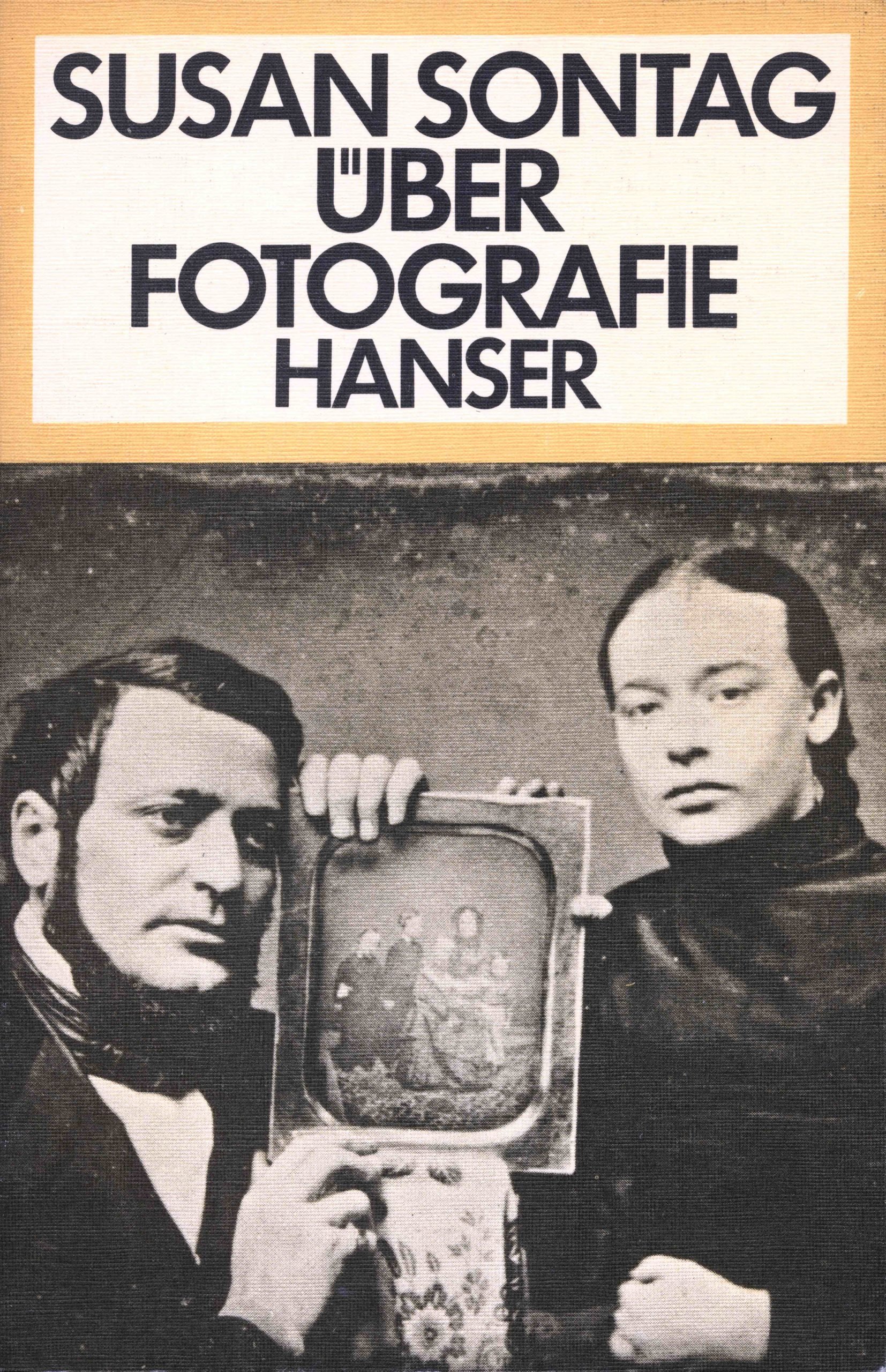
Born left-handed in Marburg and raised in Frankfurt, Peter Seidel studied German, English and film history, then went through the tough school of assisting as a self-taught photographer in a series of advertising studios. Three years of photographic work at the Historical Museum in Frankfurt followed, during which he sharpened his senses for the energies, powers inherent in original objects, documents and places, here especially the few personal belongings of the murdered Anne Frank.
In addition, he began to develop free projects, mostly themes that had previously received little attention. His goal was not the projection surfaces of the distant, but rather to develop a sensitivity for exploring the exoticism of the near, the neighbourhood. Archaeology of everyday life. He was the mastermind behind the free project Hessen – Denkmäler der Industrie und Technik (Hesse – Monuments to Industry and Technology), which aimed to dispel the prejudice that this federal state consists only of trees around which women in time-warped traditional costumes dance while drinking sour milk from speckled cups. The Hesse filled the ground floor of the Deutschen Architekturmuseums as an exhibition in 1987, among other things, which earned him the commission to document five new buildings on the museum bank for the city’s structural engineering department, Jüdisches Museum, Liebieghaus, Vor- und Frühgeschichte, Ikonenmuseum, MMK Museum für Moderne Kunst.
At the same time he withdrew from the public eye to become the first photographer after the Frenchman Felix Nadar in the fifties of the 19th century. to expose the underground as a subject, Peter Sager wrote in DIE ZEIT. He was driven by the question of what made people, sometimes at extreme expense, take their actions or things below the surface of the earth. Like the countless bunkers, of which the GDR’s state security imagined that in the event of an enemy attack with ABC weapons, the system-relevant personalities could rinse off the deadly contamination there behind flowery plastic curtains with a hand shower. Unterwelten – Orte im Verborgenen (Underworlds – Hidden Places) began as an exhibition in 1993 in the historic sewage treatment plant in Frankfurt-Niederrad, the location of what was probably the first exhibition in a sewer. The subsequent tour took the photographs to Moscow, Vienna, Guangzhou and the Kunsthal Rotterdam, among other places.
In Friedberg, Peter Seidel immersed himself in 1987 in a magnificent Jewish ritual bath, the mikveh, dating from 1260. This led to another project with photos from Germany, Italy, Austria, Spain and France, which has been on display since 2010 as the exhibition “Ganz rein!” and with 15 stops at home and abroad so far.1993 – 1999 architectural portraits “Oben, Frankfurt am Main, Türme der Stadt” were created using large-format technology. Home is where my pictures are. The city of Venice is such a place for him, and he has created a monument to it with a black-and-white series of light sculptures, as he puts it, carved out of the background of the night. In which he was represented by these gentlemen: Giorgio de Chirico, Giambattista Piranesi and Edward Hopper.
His works are in public and private collections in Europe and the USA.

Edward Hopper 1882-1967, Gemälde und Zeichnungen, Texte von Gail Levin, Schirmer und Mosel Verlag 1981.
As an art historian at the Whitney Museum in New York, Gail Levin had the task of processing the estate of Hopper and his wife Jo.
The catalogue to Hopper’s first exhibition in Düsseldorf, which my friend Fritz T. brought with him. It was in the light of this work that I first became interested in art. That’s when I found access to a painter who only showed appreciation for seemingly trivial situations of his own everyday life or that of his environment between New York and the East Coast by dedicating a painting to them. Defined by unconventionally composed spaces, radically cut, often banal environments with downright challenging colors that make his often individual protagonists seem even more pale and lonely. In their cosmos, in which the boundaries between inside and outside have ceased to exist and everyone finds themselves in the role of performer and spectator at the same time.
Fritz died too soon, he left the catalogue to me. A few years later, the author Gail Levin, by now a professor, was a guest for her lecture at the Amerikahaus in Frankfurt, we got to know each other, I showed her my exhibition “Unterwelten”, since then we have had a lively exchange in our activities. She wrote an essay for my catalogue “Ganz rein” – Jüdische Ritualbäder”, Holzhausen Wien 2010 (out of print).
The photo shows her visiting Frankfurt in 2019, when she also finally signed the first of her books, the Edward Hopper for me.
Cape Light – Colour Photographs by Joel Meyerowitz, Texte Clifford S. Ackley, Interview Bruce K. Mc Donald, New York Graphic Society, 1978
To write a text about the trigger Joel Meyerowitz without mentioning the painter Edward Hopper is possible, but pointless. One could almost think they were father and son, both picture-book(!) New Yorkers, outwardly tall apparitions, character heads without veiling accessories, their eyes scanning the appearances of the world, in Meyerowitz’s case coupled with present body language not unlike a nutcracker. You may forgive me.
Joel Meyerowitz, like Edward Hopper, a visual cornucopia of inspiration that he has poured out before us as his oeuvre in such picture books as Saint Louis and the Arch, Tuscany, Redheads, Aftermath, A Summer’s Day, and others. Originally from the 35mm street, he served us in Cape Light large-format often apparent nothingness, today four decades later long since approved by the public as subjects of entire generations of photographers. Avant-garde at the time. The sky over the sea, sometimes grey and pink, sometimes orange, even blue, nothing more. But almost of baroque opulence, compared to the light-grey seascapes of his colleague Hiroshi Sugimoto. At Meyerowitz also a road cruiser on the side, doors open, light sparkling outward. What happened, what’s going to happen? The depths digging up questions, which Gregory Crewdson asks us later often enough; the next scene with leg-hard light in the empty room, as with the contemporary William Eggleston, even the fan freezes here, or the mercilessly disgusting green of a neon-covered gas station from a long-dead time, from which the writer Charles Bukowski could emerge, under the arm three frozen chickens, which he will consume at the six-pack on the same evening with his very fresh acquaintance. Then a stretch of beach with a formation of bathers lolling in the sand; the painter Eric Fischl, another New Yorker, developed his masterpieces from this in the 1980s, albeit with a stronger social and political charge. Unmissable was Meyerowitz in the corner posts of the porch of a weekend house on the East Coast, which served as a cache for the photo when the ocean was still recognized as the only infinity pool. Wind-slanted telegraph poles as room dividers, as in Hopper’s barn portraits, in which the high-legged limousines of the by no means only golden 1920s climbed along the road by the coast like beetles. In between, the man has scattered quiet, even intimate images of women who confront the viewer’s gaze through the photographer, proofs of trust, the two have the secret with each other on which they are based. Not a given. Who are you? Something photographers can tell you a thing or two about these days, standing in the blocked fuzo in the face of a phalanx of oblivious Corona-negators. No trust, no image.
The same summer that I got hold of the Cape Light tape, I was stranded on the island of Funen in Denmark with a holiday theme in mind, it was the hottest season as far back as the Danes could remember. At 9 in the morning, the front doors of the old fishermen’s houses flew open every few feet, dismissing people who made their way down their sidewalks, faxed. Camping and bathing was the order of the day, so Strandvej was just right for us. Nothing came of it, the path was blocked on both sides with small summer cottages, which even blocked the view to the sea with fences and screens almost completely. The ridge swelled, my anger became so great that I decided to make it my first project, textbook sublimation tripped. My concept was to shoot each house individually head-on, same focal length, same distance, same crop, very straight, EL2, tripod. The Kerteminde project, unpublished to this day, where not only the entire already slim budget was spent on buying up all the Kodachrome contingents in Scandinavia. At the Kunstforum Düsseldorf, on the occasion of his exhibition, I was able to thank Joel Meyerowitz for the inspiration. A creative, to this day with over 80 life rounds of fully charged batteries, doubly a role model.


Susan Sontag: Über Fotografie, Hanser Verlag 1978
With the end of the leaden period during the Vietnam War, critical intellectuals in US society finally found open ears again. One of them, who particularly resonated with the German public, was the New York-based publicist Susan Sontag. Her successful book on the social, political, and individual functions of photography grew out of her own essays, one evolving from the other. One of their controversial theses was that the medium could ultimately only be limited to cementing the status quo, i.e. that it was not capable of changing, but only of confirming reality.
The opposite position was taken by the travelling Dane Jacob Holdt with his contemporaneous publication Bilder aus “Amerika – Eine Reise durch das schwarze Amerika”, published by S.Fischer Verlag in 1978, in which he recorded the life stories of many coloured people who had to fight for bare survival at the lower end of the social scale. Moving insights into the lives of people whose hospitality was extended to him time and again and which got under the white skin of his readers. Jacob Holdt had a decisive share in the fact that we in the Federal Republic were now also confronted with the butt side of the American Dream. The façade of clichéd images of a land of freedom, in which the male after-work activity consisted of riding towards the sunset with a cigarette in the corner of the mouth, for women to proselytise each other in the religiously transfigured solidarity community of Tupperware afficionadas. If paradise is half as nice. Photographers, too, began to open their viewfinders to new horizons as they traveled across North America.
Even then, Susan Sontag took the radical position that a photographer, confronted with the alternative of standing up for the life of another or being able to take an outstanding photograph, will decide against the person and in favor of the photograph.
This thesis, developed in the spirit of this critical thinker more than 40 years ago, has lost none of its relevance to this day. In a time of hard-to-miss partial decline of humanity, where life-sustaining intervention is made impossible in the face of blocked rescue lanes, in order instead to get selfies and other blood-dripping hunting trophies on location of someone else’s disaster. This is exactly where photography can and must be used. As evidence.
Briefly, our meeting in Frankfurt’s Paulskirche in 2003 when she was honored with the Peace Prize of the German Book Trade, a few words, encouraging gestures, her laughter remain.